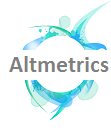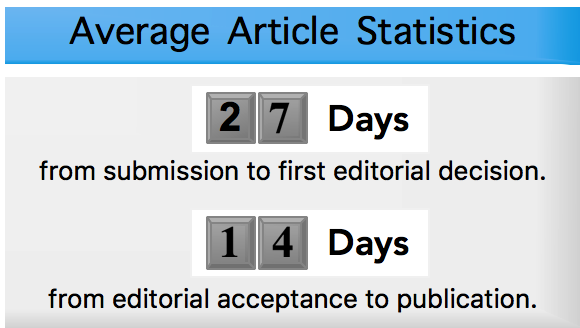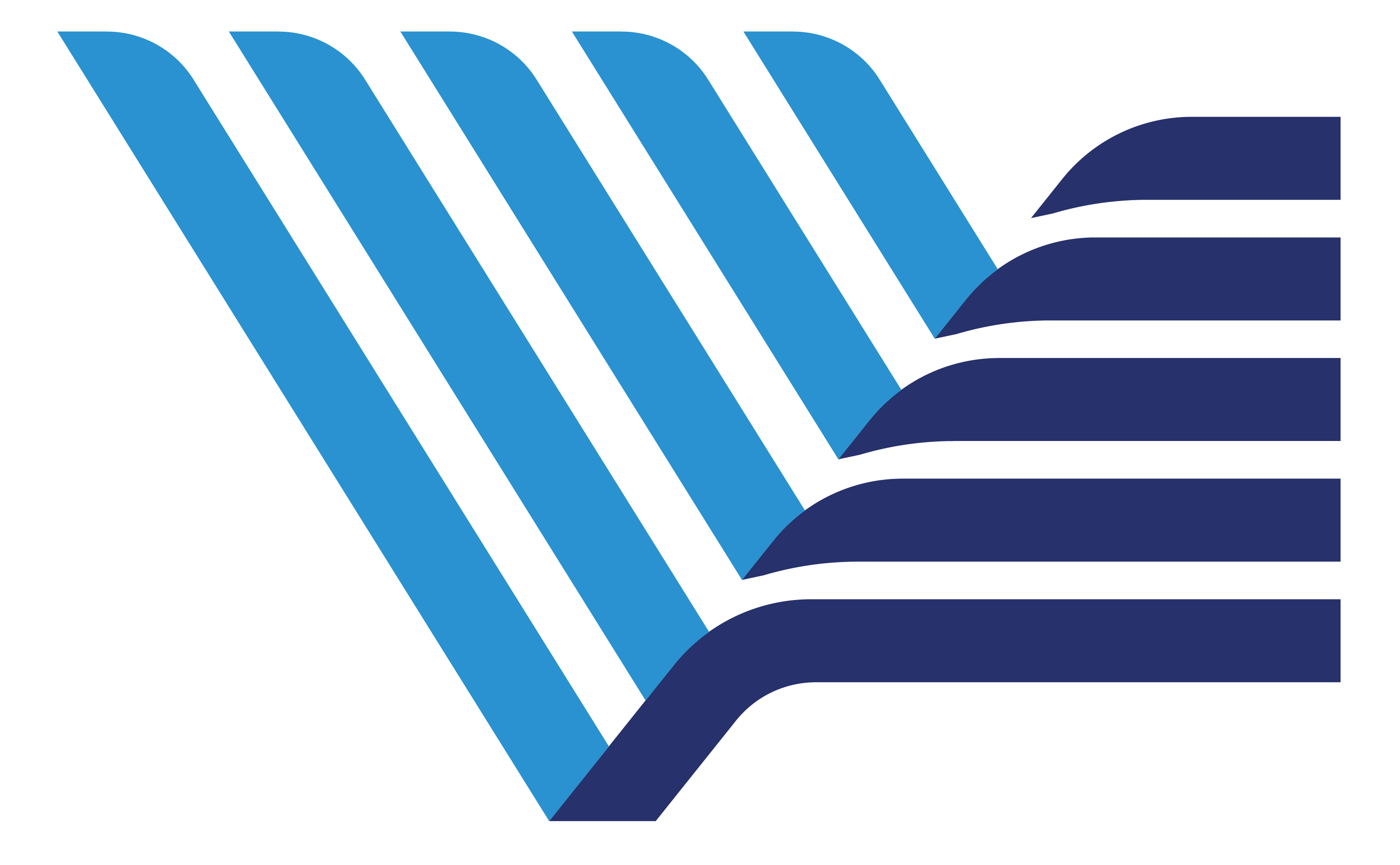Downloads
Abstract
In this study, the sonochemical method was employed to synthesize a magnetic recoverable Fe3O4/biochar (BCF) photocatalyst and apply it to remove methylene blue (MB) from an aqueous solution. The characteristics of BCF were investigated by X-ray diffraction (XRD), Scanning Electron Microscope (SEM), Transmission Electron Microscope (TEM), Fourier Transform Infrared Spectroscopy (FT-IR), Brunauer-Emmett-Teller (BET), and Vibrating sample magnetometer (VSM). The obtained results show that BCF was synthesized from Fe3O4 nanoparticles and biochar (BC) originating from rice husks with a highly porous structure. In the synthesizing process, the Fe3O4 nanoparticles were infiltrated into the pores and attached to the surface of the BC, reducing its porosity. The BC reduced the agglomeration of Fe3O4 nanoparticles and increased the catalytic centers of the BCF. The BCF has a specific surface area of 210.9 m2/g, a magnetic saturation of 13.06 emu/g and great potential for treating pollutants in the aquatic environment. The factors affecting the methylene blue (MB) removal efficiency, including pH, mass of BCF, initial concentration of MB, were investigated. In addition, many scavengers, such as ethylene diamine tetraacetic acid (EDTA), ascorbic acid (AA), isopropyl alcohol (IPA) were studied to identify the role of free radicals in the degradation of MB by the BCF. With 200 mg of BCF material, at a pH of 3 and MB concentration of 10 ppm, hole agents and free radicals (OH, ) created when illuminated with a UVA lamp had high activity in decomposing MB, resulting in an MB treatment efficiency of 99.57% after 180 minutes. The BCF material has a high recovery and reuse ability, with the MB treatment efficiency reaching 80.32% after three cycles. These results present the great application potential of the BCF material to treat many organic dyes, antibiotics, etc. in wastewater.
Issue: Vol 7 No S1 (2023): Special issue: National Young Scientists Conference 2023
Page No.: 136-146
Published: Dec 31, 2024
Section: National Young Scientists Conference 2023
DOI: https://doi.org/10.32508/stdjns.v7iS1.1376
PDF = 78 times
Total = 78 times

 Open Access
Open Access 








